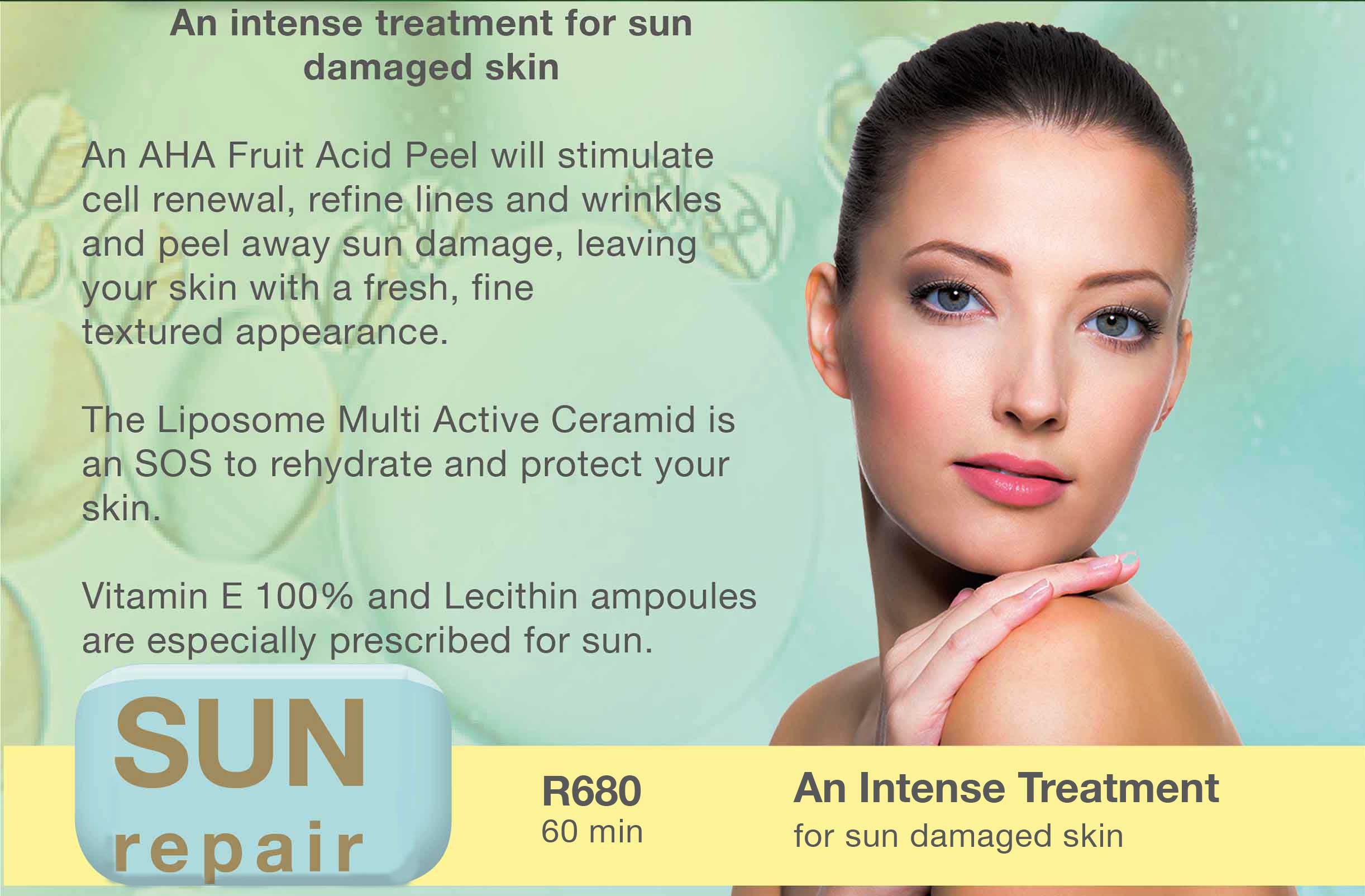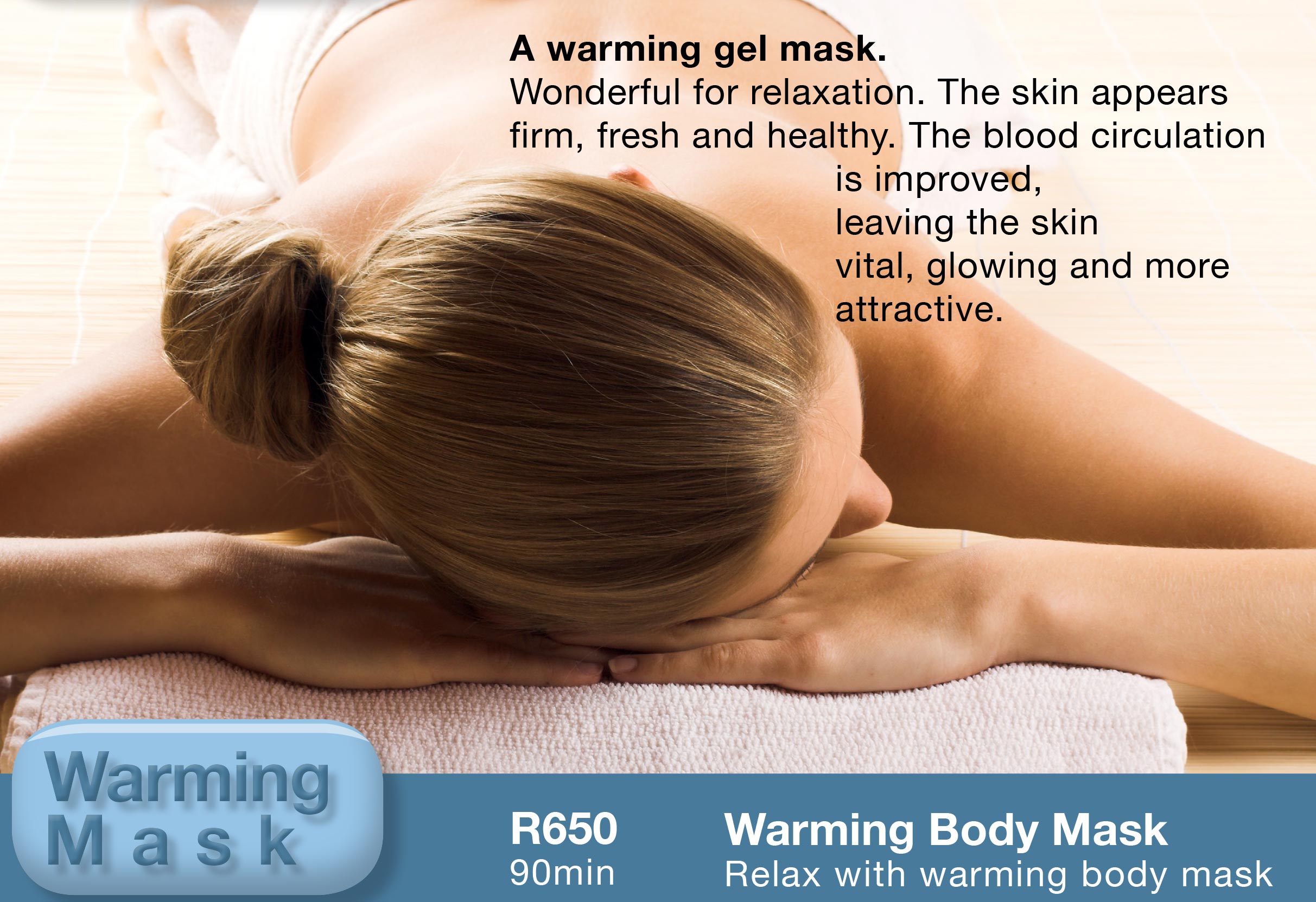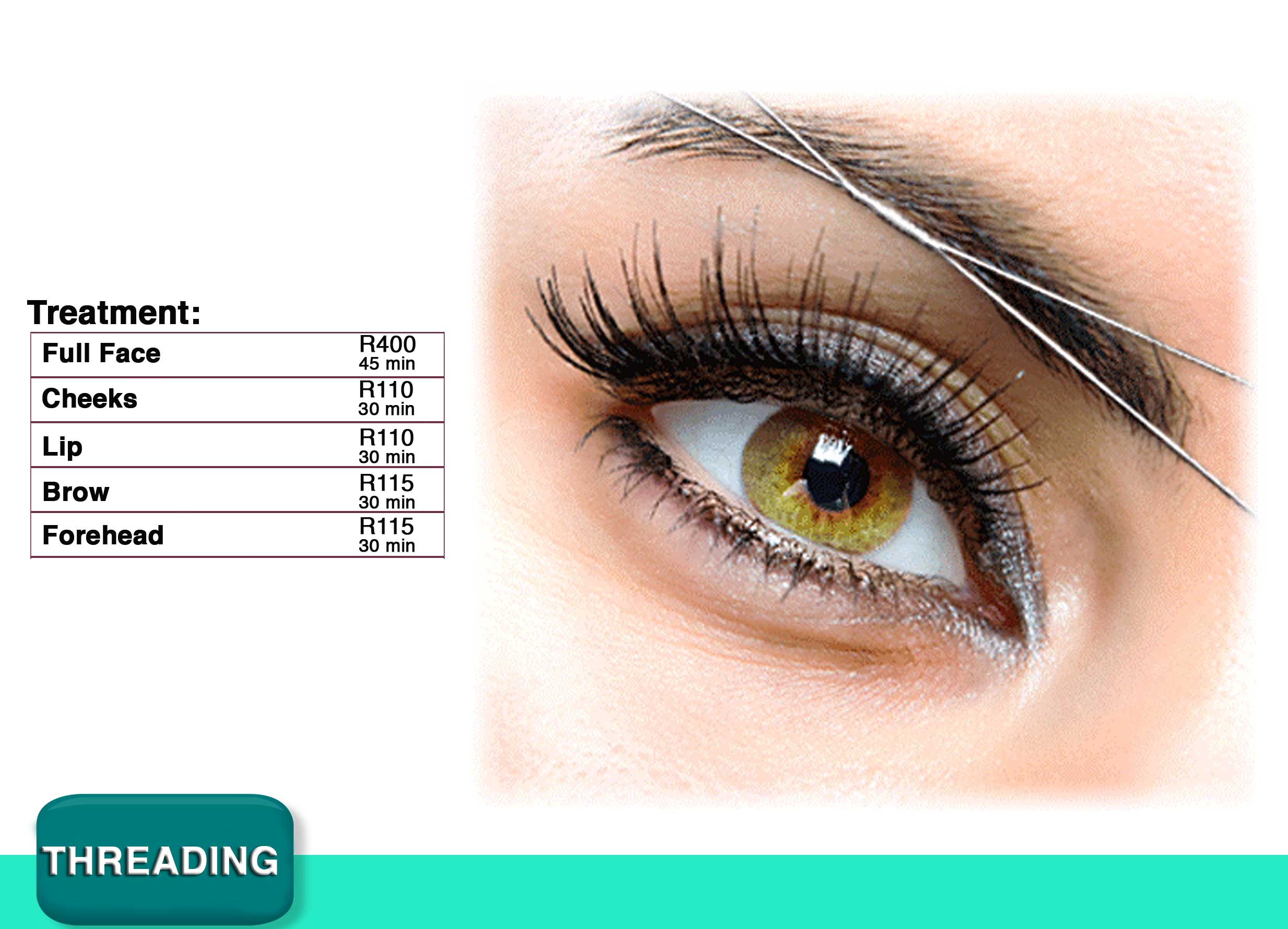Basic Information About Oils
Essential oils enjoy great popularity in ordinary cosmetics as well as in so-called natural cosmetics. On the one hand they really do have a pleasant effect on the body, mind and spirit, and some essential oils also have a positive effect on certain skin problems. Because they are frequently used as pure fragrance to improve the scent of normal skincare products, it is no wonder that essential oils are increasingly triggering fragrance allergies. In respective scientific studies perfume and fragrance are always proven to be the most common allergy triggers. Legislation in the EU and on a national level has allowed for fragrances in essential oils to be classified as allergens. This strongly reinforces the unfounded assertion that natural is always good and chemical is always bad. To completely confound the consumer, one company which works with essential oils writes: “no synthetic fragrances”, as if there were a difference in allergenic risk between natural fragrances and synthetic fragrances. Exactly the same trick is used by companies using chemical preservatives such as parabens, potassium sorbate or sodium benzoate and advertising that they use “only” natural preservatives. Natural preservatives are always chemical, synthetic preservatives. But “natural” sounds so much better, and the consumer is swayed by a questionable sense of security.
Since March 2005 cosmetics regulations have stipulated that 24 allergenic fragrances which can be found in essential oils or perfumes must be declared on the packaging of skincare and cleansing products, and only in a concentration of 0,001% for “leave on” products and 0,01% for “rinse off” products. These 24 allergens in essential oils are listed by INCI as:
- Alpha-isomethylionone
- Anise Alcohol
- Amyl Cinnamal
- Amylcinnamyl Alcohol
- Benzyl Alcohol
- Benzyl Benzoate
- Benzyl Cinnamate
- Benzyl Salicylate
- Butylphenyl Methylpropiona
- Cinnamyl Alcohol
- Citral Isoeugenol
- Citronellol
- Coumarin
- Eugenol
- Evernia Prunastri Extract
- Evernia Furfuracea Extract
- Farnesol
- Geraniol
- Hexyl Cinnamal
- Hydroxycitronellal
- Hydroxyisohexyl 3-Cyclohexene Carboxaldehyd
- Linalool
- Limonene
- Methyl 2-Octynoate
Legislators have taken these measures to protect consumers from the allergy risks which lurk not only in perfumes but also in products containing natural essential oils. In straightforward skincare products DR. BAUMANN excludes essential oils entirely. These are only contained in special products which aim to achieve a special therapeutic effect in the treatment of the skin. Then they are accurately declared in accordance with legal requirements. In these cases the concentrations are chosen so that the effective value and possible allergy risk are justified in relation to one another.
The second danger which can come from essential oils is skin irritation which is also a toxic reaction. This can only be expected from high concentrations. This applies to all essential oils, even those which do not contain potent allergens (E.g. sandalwood and manuka). In this case the legislation has set a limit of 20%, i.e. in concentrations of 20% or less no skin irritation is expected to occur. Therefore all DR. BAUMANN essential oils are in an alcohol dilution in concentrations of less than 20%, in order to completely rule out the possibility of skin irritations. The dosage is also reduced when mixing the essential oil with a base (creams, lotions, oils).
The essential oils in the SPA series are offered 100% undiluted, due to the quantity required to treat the entire body. In the case of pure essential oils, legislators have pointed to a third potential cause of risk: misuse by children. There is the possibility that they could swallow it which could lead to potential bodily harm. Therefore these products have childproof seals and appropriate warnings notices on the bottles, in accordance with legal requirements.









